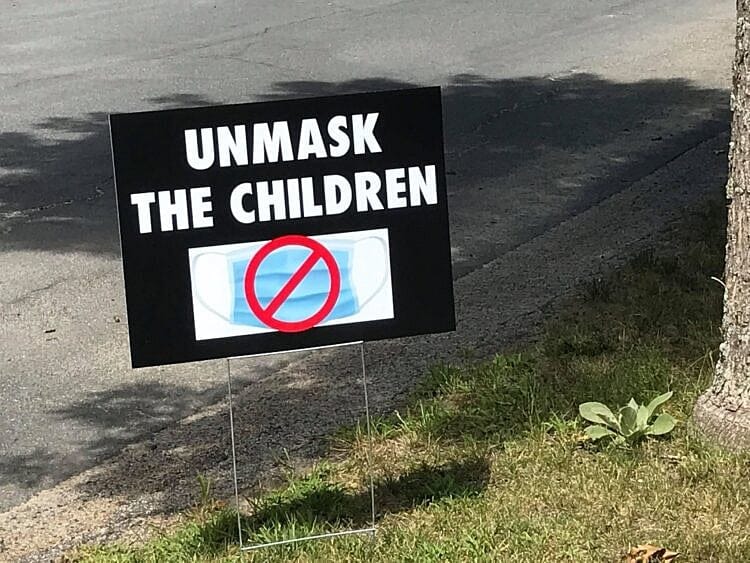Why Are We Still Masking Children?

School districts all over Massachusetts are reflexively reinstating mask mandates for K-12 students and staff as the new school year draws near. Worcester, the second-largest school district in Massachusetts, is mandating masks for all staff and students, vaccinated or not, following the path paved by Boston Public Schools. The city's medical director, Dr. Michael Hirsh, said last week that "As onerous as they can be, masks work — we know this: Kids are very resilient, and they're very capable of adaptation. They've done very well with masks."
But we don't "know this." In fact, there's little reason to think this. As seven medical researchers who studied mask-wearing in children wrote recently in JAMA Pediatrics, an American Medical Association publication, "The evidence base for this is weak."

